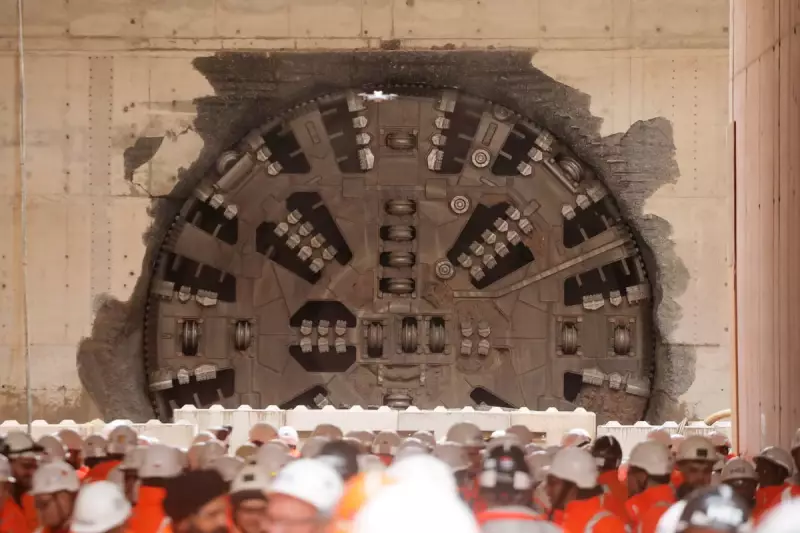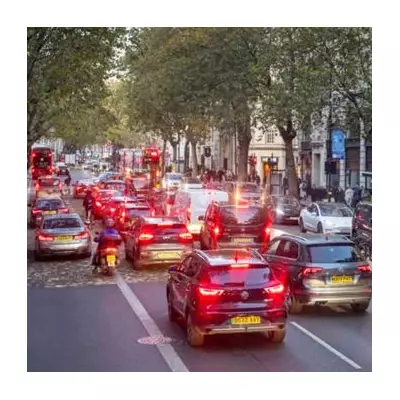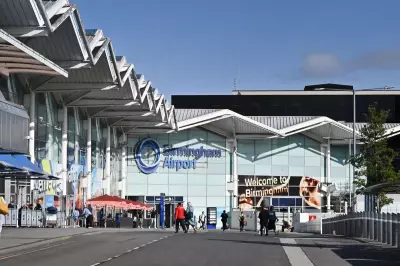
The final dramatic chapter in HS2's London tunnelling saga is about to unfold, as engineers prepare to launch the massive tunnel boring machines on their last four-mile underground journey to Euston station.
The Final Push Begins
After years of meticulous planning and construction, the stage is set for one of Britain's most ambitious engineering projects to enter its crucial final phase. The four-mile tunnel connecting Old Oak Common to Euston represents the last underground link needed to bring high-speed rail services directly into the heart of central London.
Engineering Marvel in the Making
This monumental undertaking will see giant tunnel boring machines, each weighing over 2,000 tonnes, chew through London's complex geology beneath some of the capital's most densely populated areas. The precision required is staggering - these behemoths must navigate within millimetres of their planned route while operating 24/7 deep underground.
The significance of this final tunnel section cannot be overstated. It represents the crucial connection that will ultimately allow passengers to travel directly from Euston to Birmingham and beyond on state-of-the-art high-speed trains, slashing journey times and revolutionising rail travel across the country.
Transforming London's Transport Landscape
Once completed, the Euston connection will create a seamless transport hub linking HS2 with existing London Underground services, Overground networks, and international rail connections. Old Oak Common station alone is set to become one of the UK's largest railway stations, while the upgraded Euston will feature stunning new facilities designed for the 21st century.
This final tunnel drive marks a pivotal moment in Britain's infrastructure history, bringing the vision of a connected, high-speed rail network closer to reality than ever before. For Londoners and visitors alike, the benefits will be transformative, reducing congestion and providing sustainable travel options for generations to come.





